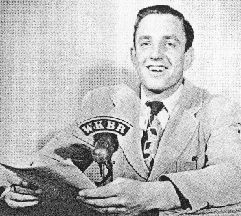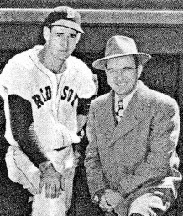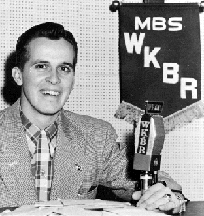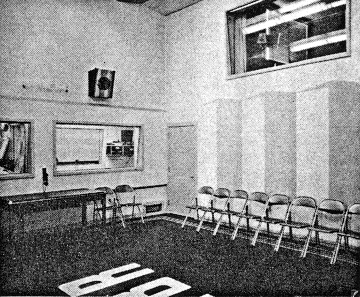One of the first stars at WKBR was Norman
E. Bailey (left), who started in December, 1947. He came from WKXL Concord,
NH, and had previously worked in the Canadian Broadcasting Corporation's
Toronto newsroom; CKTB St. Catherine's, Ontario; and WCAX Burlington,
VT.
Norm Bailey started at a salary of $240/month
base, plus $45/month in talent fees. By 1956 he was earning more than
$17,000/year (plus $2,000 Christmas bonus).
In 1951 Bailey attracted front page headlines
when he got arrested while trying to cover a Manchester high school
football game. The publicity forced the city to grant non-exclusive
broadcast rights for future games. Bailey spent ten years at WKBR and
was a major local celebrity.






